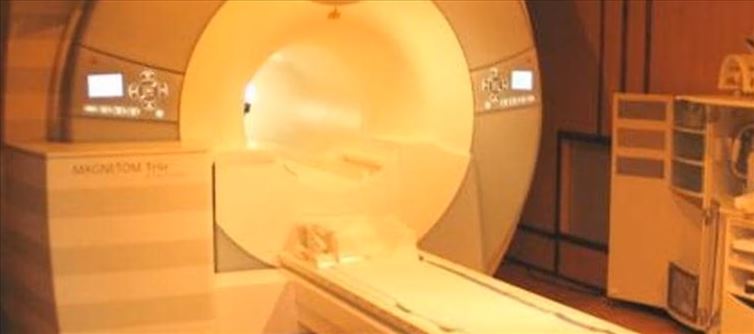
MRI scans cannot detect life-threatening conditions
Diabetes, high blood pressure, high cholesterol, and heart disease are the illnesses that cause the majority of deaths. These long-term illnesses are not detectable by MRI scanning. MRI scans can identify some structural abnormalities, but they are unable to identify the majority of symptoms.
What are incidentalomas?
MRI scans, which are frequently performed for various reasons, might occasionally reveal incidental abnormalities, or incidentalomas. To comprehend how MRI scans might reveal incidental symptoms and discoveries, a new study examined 16,000 volunteer brain MRIs.
Serious findings through MRI scans
According to the study, the likelihood of discovering significant results on an MRI scan is extremely low: 1.4% for the brain, 1.3% for the chest, and 1.9% for the belly. There is a tendency for MRI scans to produce false positives, or results and symptoms that appear to be illnesses but aren't. For every 1000 scans, there were at least 97 false positives for breast diseases, and for every 100 scans for the prostate, an MRI revealed 29 false positives.
MRI scans: Are they effective?
People get whole-body MRI scans to learn more about what is under the skin. However, determining the benign instances and false positives might result in several costs. It might be difficult for the average person to grasp the terminology used in MRI scan reports. Furthermore, individuals might require additional testing to determine whether the scans produced accurate results.




 click and follow Indiaherald WhatsApp channel
click and follow Indiaherald WhatsApp channel